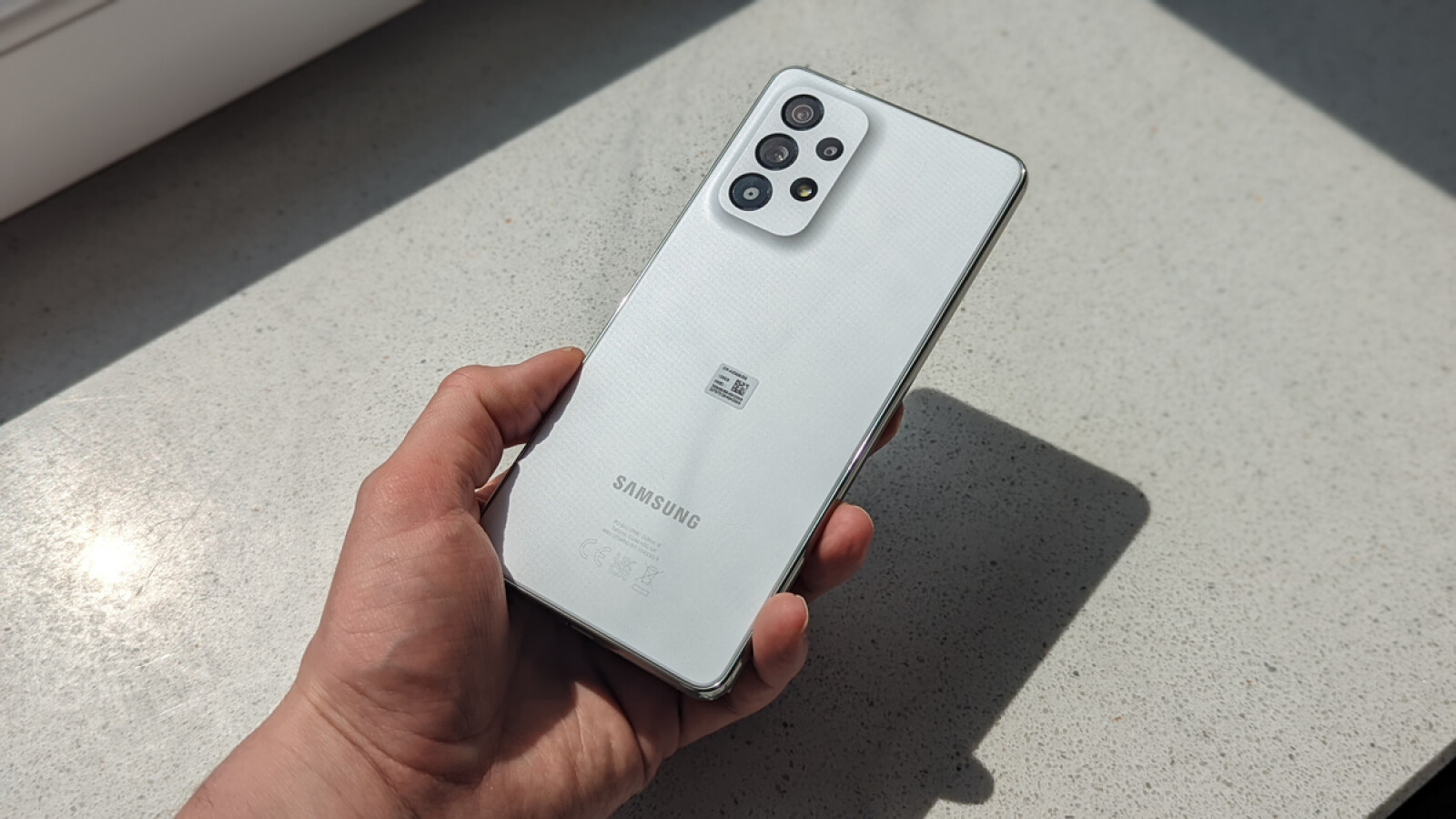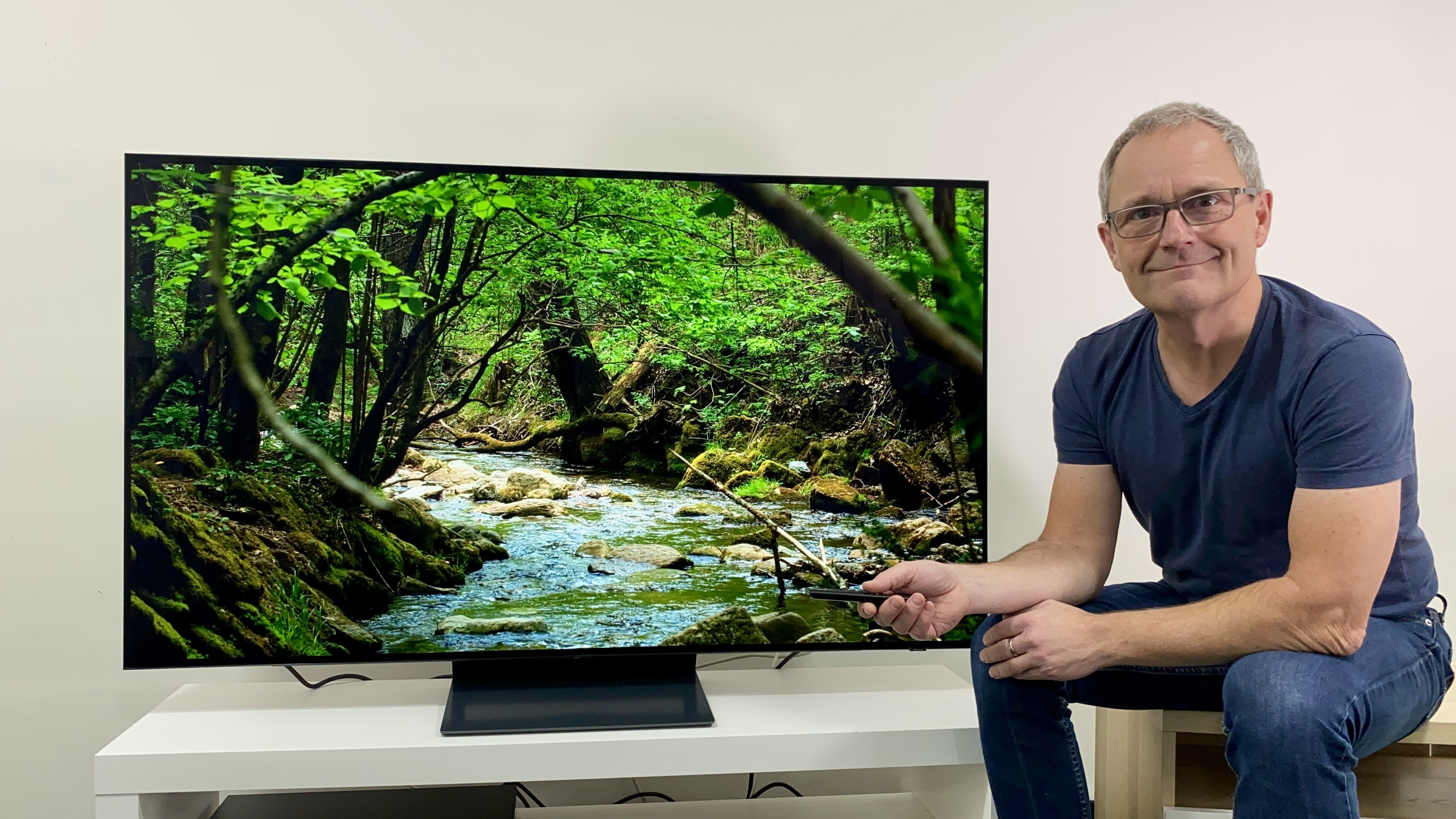What has changed from the old course to the new one? This page provides information about this and also explains the differences between playing without and with ray tracing.
Performance evaluation with and without RT in 2,560 × 1,440
In WQHD, the GeForce RTX 4080 Super has a lead of 3 percent over the Radeon RX 7900 XTX in the new test course in rasterizer games (even without ray tracing), while in the old test the AMD graphics card still had a lead of 6 percent in this scenario has hat. There are primarily two reasons for this. No The reason for this is the significantly higher number of Unreal Engine 5 games. Instead, there are primarily the following two aspects:
- The usual use of upsampling or the upsampling algorithms DLSS, FSR and XeSS. Both AMD and Nvidia have improved image quality over time, but with FSR this has cost slightly more performance than with competing technology; with the result that DLSS not only delivers better image quality, but is also faster. However, you can see that this is only a minor influencing factor from the fact that in all games used with TAA or TSR there is a tie between the two graphics cards, which means that a performance shift of 3 percent could potentially be credited to the upsampling algorithms, the rest 6 Percent would be something different.
- The games that have been released in the past 12 months simply run better on GeForce graphics cards than on Radeon graphics cards. Radeon GPUs usually perform slightly better over time after launch, but this time the picture has simply been reversed: GeForce is better positioned two years after the introduction of the RTX 4000 series than Radeon was two years after the RX-7000 -Release.
This doesn't just apply to high-end products, all performance classes are affected. The GeForce RTX 4070 works almost a percentage point faster than the Radeon RX 7800 XT in the new course, but the Radeon was 7 percent faster in the old course. The old generation is also affected by this. The GeForce RTX 3080 is now 8 percent faster than the Radeon RX 6800 XT; 12 months ago both graphics cards were equally fast.
AMD supports the new course with ray tracing
Ray tracing turns the game around. Not because the Radeon has magically become faster, but because not only have fewer games with hardware RT been released in the last 12 months, but also because they have tended to have a lower ray tracing load, which benefits AMD products.
For this reason, the Radeon RX 7900 XTX manages to reduce its deficit from 20 percent in the old test course to just 12 percent. The Radeon RX 7800 XT is still 10 percent behind the GeForce RTX 4070 in this discipline, and the Radeon RX 6800 XT is suddenly 3 percent faster than the GeForce RTX 3080.
The last case is also due to the fact that the new games require more memory than the old ones, and the Radeon with 16 GB has significantly more memory than the GeForce with only 10 GB. Without ray tracing, the differences are still small. In the new course, the GeForce RTX 4070 with 12 GB is 39 percent faster than the GeForce RTX 4060 Ti with 8 GB; in the old course it was 36 percent. With ray tracing, the RTX 4070 is 91 percent faster in the tests, compared to only 65 percent in the old ones.
Performance evaluation with and without RT in 3,440 × 1,440
The 21:9 resolution UWQHD was not yet available in the old test course, so a direct comparison is not possible. But there are only minimal differences, if any, compared to the measurements in the 16:9 format. In UWQHD, the GeForce RTX 4080 is 3 percent faster than the Radeon RX 7900 XTX, and the GeForce RTX 4070 still delivers 1 percent more than the Radeon RX 7800 XT.
Things aren't really any different when using hardware ray tracing. Then the GeForce RTX 4080 Super can expand its lead over the Radeon RX 7900 XTX from a minimum of 14 percent to 15 percent, while the gap between the GeForce RTX 4070 and the Radeon RX 7800 XT remains the same. In general, the AVG FPS in UWWQHD fell by 15 percent to 81 FPS compared to WQHD on the GeForce RTX 4080 Super, and on the Radeon RX 7900 XTX it was also 15 percent rounded to 78 percent. This also shows well how close the two graphics cards actually are to each other.
Performance evaluation with and without RT in 3,840 × 2,160
In Ultra HD there are comparable results again. The Radeon RX 7900 XTX moved slightly closer to the GeForce RTX 4080 Super, but the latter remains 2 percent ahead. When it comes to average FPS, it stands at 58 FPS versus 57 FPS, effectively a tie. Interestingly, exactly the opposite happened in the old test course, where the GeForce moved closer to the Radeon in terms of many rendering pixels, but there too the difference between the graphics cards was already minimal at 2 percent.
Ultra HD is also the resolution in which the GeForce RTX 4090 can stand out the most. Nvidia's current graphics card flagship is 31 percent faster than the GeForce RTX 4080 Super, in UWQHD it was 28 percent and in WQHD “only” 26 percent. In hardware ray tracing, the Nvidia GPUs once again benefit from more render pixels; in Ultra HD, the GeForce RTX 4080 Super can then expand its lead over the Radeon RX 7900 XTX from 15 percent in UWQHD to 18 percent in Ultra HD.
Performance evaluation with and without RT in 1,920 × 1,080
In the new test course, Full HD only plays a role at the lower performance end, the reasons for this are on page 1. Entry-level graphics cards such as the GeForce RTX 4060, Radeon RX 7600 and the Arc B580 are still being tested in Full HD, the same is expected still apply to the upcoming entry-level models from AMD and Nvidia. The future mid-range models such as the GeForce RTX 5070 and the current GeForce RTX 4070, on the other hand, have sufficient performance for significantly higher resolutions. Full HD is left out here; instead, the increasingly popular widescreen resolution UWQHD is tested alongside WQHD.
Further analysis of gaming performance
In the individual games you can see that although the majority of the games are similar to the average rating, there are also some exceptions. Black Myth: Wukong, for example, suits GeForce graphics cards particularly well; in Ultra HD, the GeForce RTX 4080 Super is 20 percent faster than the Radeon RX 7900 XTX. Satisfactory is in the same vein, with the GeForce delivering 18 percent more FPS. There is also more than a 10 percent difference in Stalker 2: Heart of Chornobyl; the GeForce is 13 percent faster there. The biggest difference can be seen in Star Wars Outlaws and F1 24, but there is a different reason for this: quite intensive hardware ray tracing is used there. The GeForce RTX 4080 Super delivers 25 and 28 percent more FPS there.
There are also four games in which the Radeon camp is clearly ahead. This still includes Call of Duty. Black Ops 6, 11 percent more FPS is available in the game with the Radeon RX 7900 XTX. In Empire of the Ants the increase is 12 percent and in F1 24 with pure rasterizer graphics it is 12 percent – in the racing game, depending on the setting, both manufacturers can achieve a greater victory. Ultimately, the AMD graphics card also performs well in Final Fantasy XVI, with 13 percent more performance with the Radeon.
The individual benchmarks can also be used to clearly identify which games cause problems with graphics cards when it comes to VRAM. This includes Dragon Age: The Veilguard, where all graphics cards with only 8 GB of VRAM have major performance problems with maximum texture details. With 12 GB, however, the situation has calmed down, although there is a slight limitation in the percentile FPS in Ultra HD.
Another game with major VRAM problems is Indiana Jones and the Big Circle. 8 GB is far too little for WQHD and maximum textures, the same applies to 10 GB. At first, 12 GB is decent, but then in Ultra HD it runs into slight difficulties. And in Warhammer 40k: Space Marine 2, 12 GB is no longer enough for maximum speed in Ultra HD when the optional texture DLC is installed. For some other games, an 8 GB VRAM in WQHD isn't quite enough, although the disadvantages are significantly smaller than in the other two games.



